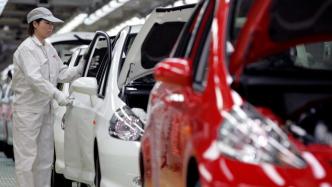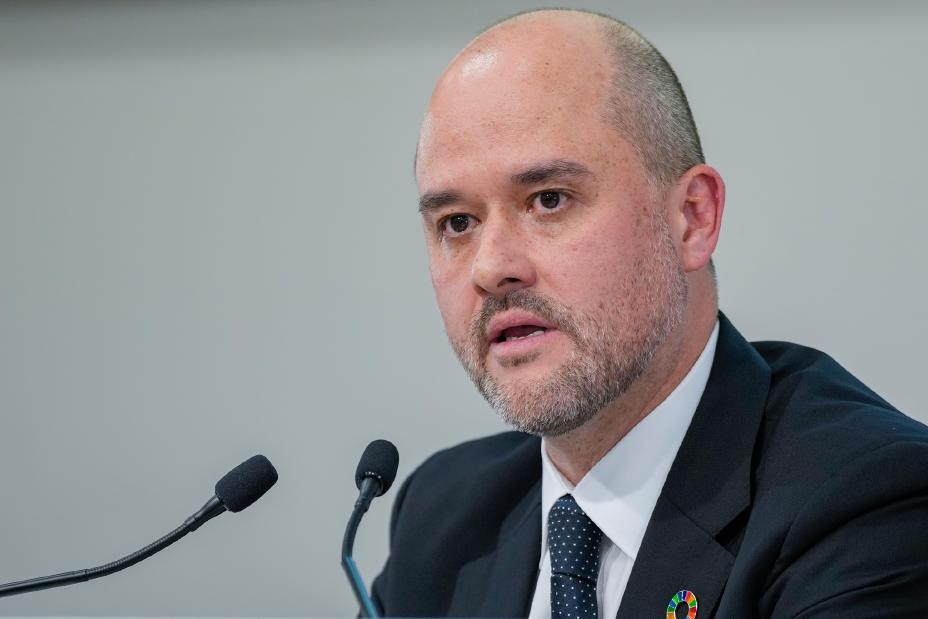
Japanese cars that have fallen into a slump in the Chinese market have also had to accelerate their transformation. On July 25, Honda Motor Co. announced that it would close a factory in China and suspend vehicle production at another factory.

Guangzhou Honda Automobile Production Line
According to Nikkei Chinese website, Honda's first step is to close or stop production at two of its seven gasoline car factories in China. Honda has two factories in Guangzhou, one of which will be closed in October. The factory has been in operation for nearly 20 years, with an annual production capacity of about 50,000 vehicles, mainly producing mid-size cars Accord. Its joint venture factory with Dongfeng Group in Wuhan will stop production in November. The annual production capacity of the factory is 240,000 vehicles. It is reported that another factory in Guangzhou will also be closed or stopped. Honda plans to reduce its annual production capacity of gasoline vehicles in China from 1.49 million to 1 million through the closure measures.
Honda Motor is reportedly in talks with its joint venture partners GAC Group and Dongfeng Motor Group about production cuts, with an announcement expected later this year.
Reuters reported that Honda's spokesperson said it would shut down a factory jointly operated with GAC Group in October. In November, Honda will also suspend one of its joint venture factories with Dongfeng, which has an annual production capacity of 240,000 vehicles. As a result, Honda's annual production capacity in China will be reduced to 1.2 million vehicles.
Although the production cut figures reported by the two media are not exactly the same, Honda's move has set the largest production cut among Japanese automakers.
A Honda spokesperson said that these adjustments are part of Honda's response to changes in the Chinese market. With the rapid development of the Chinese auto market, especially the new energy vehicle market, Honda is facing strong competitive pressure from Chinese independent brands. Honda will speed up the adjustment of its production layout in China in the future to better adapt to market demand and accelerate the production of electric vehicles.
Honda is reportedly building two new electric vehicle plants in China, planning to produce electric models in joint ventures with GAC and Dongfeng to make up for the reduction. Honda aims to start production at the two new plants later this year, and is expected to restore production capacity to 1.44 million vehicles.
That evening, GAC Honda posted on its official Weibo that GAC Honda recently released the "Yunxin Zhiyuan" corporate strategic transformation plan, committed to building a "smarter, greener, and more efficient" GAC Honda. The company currently has 4 vehicle production lines (annual production capacity of 770,000 units) and 1 production line under construction (designed annual production capacity of 120,000 units). The fourth production line with an annual production capacity of 50,000 units is scheduled to be closed in October 2024, and the new energy production line under construction will be put into production in November 2024. GAC Honda will continuously strengthen its corporate competitiveness through quality and efficiency improvements throughout the entire chain, and achieve the strategic goal of "becoming a leading enterprise with leading production and operation efficiency in China's automotive industry."
Honda has been expanding in the Chinese market since the 1990s, and China is currently Honda's largest production base. Therefore, the rare production cuts have attracted much attention.
According to sales data provided by Honda, its terminal car sales in the Chinese market in June this year were less than 70,000 units, a year-on-year decrease of nearly 40%, and a decline for five consecutive months. From January to June this year, Honda's cumulative sales data was 415,900 units, a year-on-year decrease of nearly 21.5%.
According to previously disclosed information, Honda plans to stop production of fuel vehicles in 2027, invest 10 trillion in electrification before 2030, and achieve 100% pure electric vehicle sales by 2035.


